Testing and Learning
A/B Testing is a promotion testing strategy in which the results of two separate marketing tactics are sent to your customer base and subsequently analyzed.
Continuous, carefully calculated testing is an essential tool towards generating a successful lead generation campaign.
In an Econsultancy survey of 800 marketers, 82% of companies with a structured approach to testing and optimization experienced higher conversion rates.
Above all else, A/B testing (also known as split testing) helps you to better understand and connect with your audience while improving your marketing campaigns. They also demonstrate how even small differences can affect performance.
This article details 5 ways A/B tests can be utilized to improve your digital marketing performance.
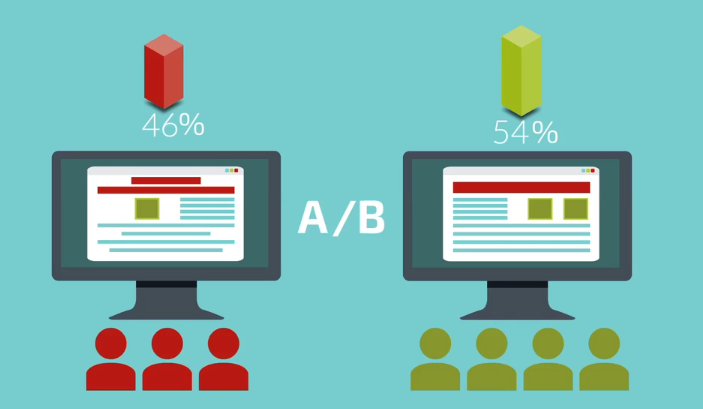
Closing The Loop
Always strive to close the loop on your marketing campaigns by consistently testing different strategies and learning from them over time.
Below is a breakdown of this strategy:
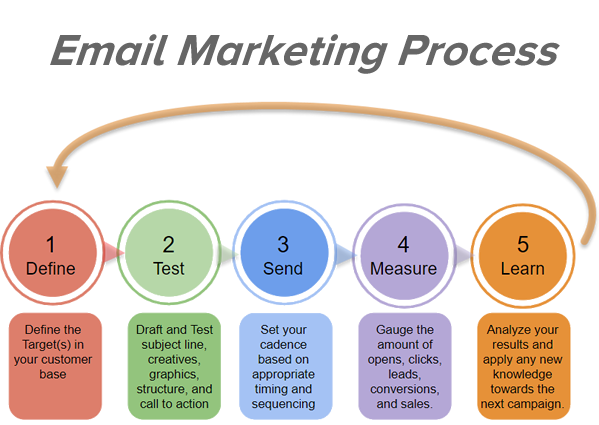
Ultimately, if implemented properly, A/B testing can offer a wide range of benefits, including:
- Increased web traffic
- Higher conversion rates
- Lower bounce rates
- Decreased cart abandonment
There are a range of different types of tests to deploy. Let’s break down five of the key ones.
1. Subject Line
Your subject line is the first thing your customers see in their inbox, and a carefully crafted one can substantially increase open rates.
To deploy a subject line test, send two different subject lines to a subset of your customer base. Then, analyze which one resonates the best.
In this case, you can use a particular type of A/B test named test and roll. This is where two separate subject lines are deployed to a subset of your customer base (i.e. 30%) over a set period of time (i.e. 24 hours). Afterwords, the “winning” line with the best open rate is instantly sent to the remainder of your base.
2. Creative Content & Design
While subject lines are designed to increase open rates, strong creative content (graphics, text, length, layout, design) directly contribute to your click through rates.
While text and tone are certainly important, bold (but not abrasive) color schemes, font styles and image placement go a long way.
Here are two exemplary split test designs by Starbucks complete with different offers (more on that later):
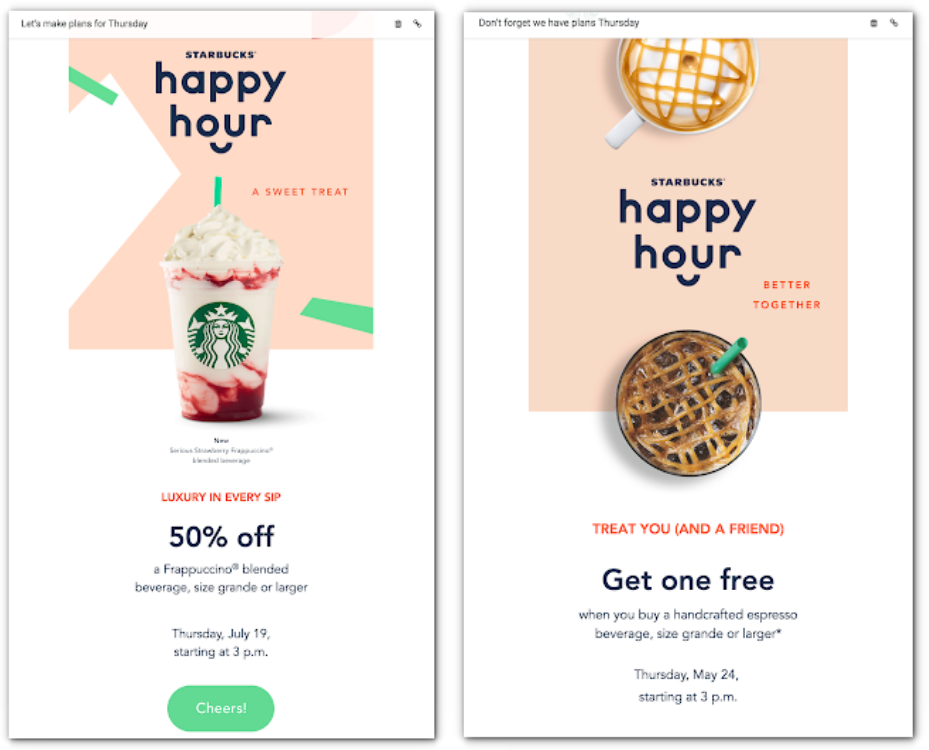
3. Cadence
A perfectly designed message means nothing if your target never sees it, which is why getting to the top of the inbox is so important. If you miss the mark and send your email just an hour or two away from the right time frame, you could quickly drop down the list – out of sight and out of mind.
Key factors to consider regarding cadence include:
- Day of week
- Time of day
- Number of emails per week
- Date of last open
- Long gaps since the last open can indicate customers that are fading away from your brand. If this gap continues to widen, consider dropping from them from your list.
When your customer is either on the cusp of a purchase or on the verge of fading in loyalty, a simple nudge can make the difference between a sale and a missed opportunity. Machine intelligence can predict exactly when such opportunities arise and react autonomously.
A common pitfall is basing your send time on when your customers interact with your messages. Instead, base your send time on when you send your emails – not when your customers open or click them.
For example, while you have a noticeable high conversion rate on Saturday, does not mean that an email sent on Saturday caused the conversion. Instead, it could have been a message sent on Friday that simply had not been opened yet. Therefore, keep in mind that your customers might need a buffer period.
4. Offer (Pricing/Discounts)
Discounting is a particularly effective way to engage/acquire customers who have never bought with your brand before, stimulate a second purchase, reactivate fading customers, and reward loyal customers.
Here are two separate “Today Only” discount templates from Kohl’s:
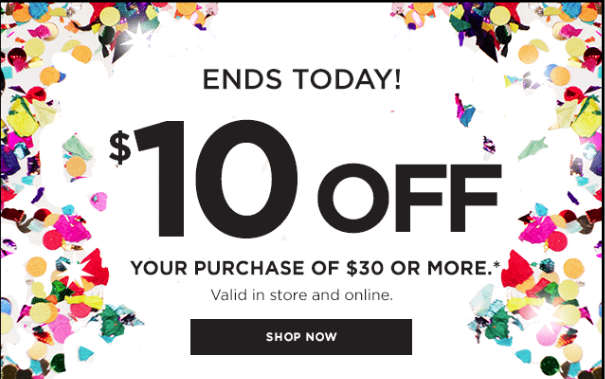
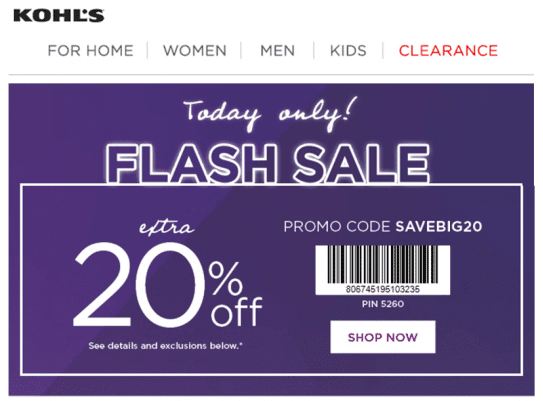
5. Call To Action (CTA)
Your CTA is the last hook that drives your customers to convert, so it is well worth the time and effort to craft one that works best.
Success is not measured by opens and clicks alone, but rather by the revenue gained or products sold.
In this case, no detail is too small to test, and even seemingly insignificant shifts can generate much different results.
Many companies test the size, shape, color, wording, and placement of their CTA buttons.
Here are just a few examples:
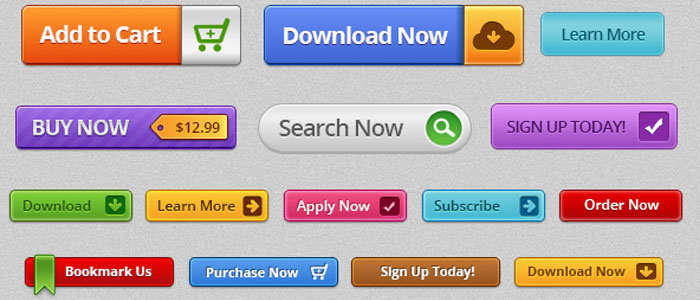
Key Takeaways
When designing a test, keep all factors consistent. For instance, when running a subject line test, keep your creative content the same. Likewise, when testing creative content, keep your subject line the same across your emails. Testing too many templates at once means it will take longer to gather actionable data.
Not only do different customers have varying tastes, they also react differently to certain messaging tactics. While you may not initially know the best way to interact with different portions of your base, testing is the most effective way to determine what resonates the best.
Persistent, accurate, and informed testing can greatly impact your conversions and bottom line. By engineering controlled tests and gathering verifiable data, you can determine precisely which marketing strategies work best for both your brand and your products. Keep in mind, if your company is not continuously testing and learning, you are much more likely to lag behind your competition.





